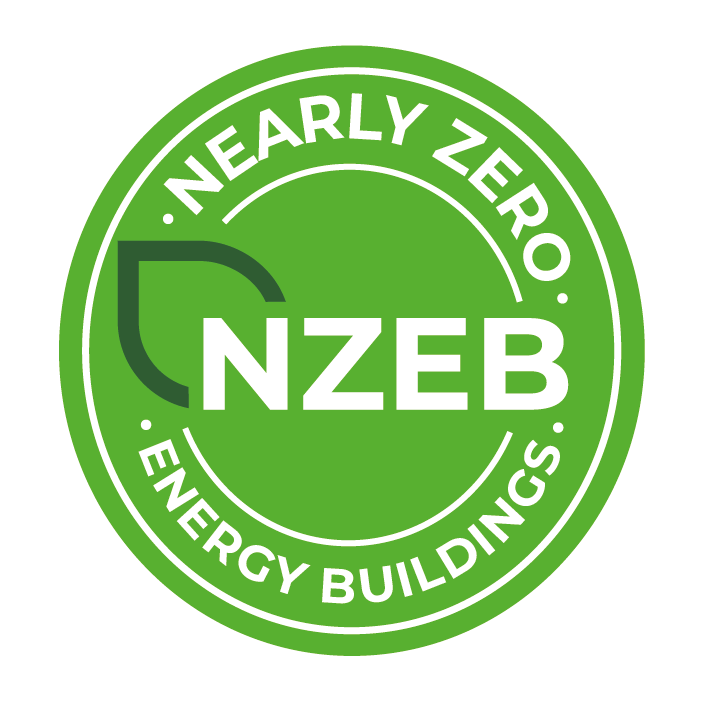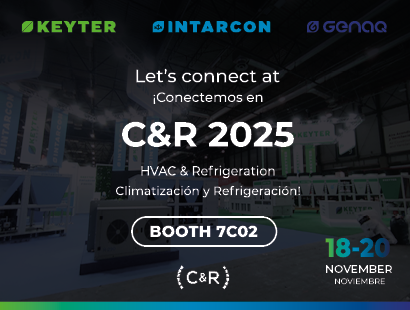From NZEB to ZEB
On May 8, 2024, Directive 2024/1275 on the Energy Efficiency of Buildings was published. The objective of this Directive is to promote the improvement of energy efficiency in buildings within the European Union and reduce their greenhouse gas emissions, aiming for a zero-emissions building stock by 2050. This Directive will repeal Directive 2010/31 as of May 30, 2026.
Each Member State will prepare and submit its national building renovation plan to the Commission every five years, based on:
- A general overview of the national building stock
- A roadmap for 2030, 2040, and 2050
- An overview of implemented and planned policies and measures
- A summary of investment needs, budget sources, and administrative resources
- Zero Emission thresholds for new and renovated buildings
- Minimum energy efficiency standards for non-residential buildings
- Minimum energy efficiency standards for residential buildings
DEFINITIONS
Directives must always be understood in the context of their definitions, and this one introduces some noteworthy terms:
Indoor environmental quality: The result of evaluating a building’s interior conditions that affect the health and well-being of its occupants, based on parameters such as temperature, humidity, air exchange rate, and the presence of pollutants.
This is a significant addition compared to the previous version, aimed at avoiding potential negative effects of inadequate ventilation, safeguarding occupant health while considering local specifics, building use, and age. In fact, it will be addressed in Energy Performance Certificates (EPCs), and ongoing monitoring will be required.
Operational Greenhouse Gas Emissions: Emissions associated with the energy consumption of a building’s technical systems during its use and operation.
Life Cycle Greenhouse Gas Emissions: Emissions produced throughout the entire lifecycle of a building, including the production and transportation of construction materials, on-site activities, energy use, replacement of construction products, and eventual demolition, waste management, recycling, and final disposal.
Global Warming Potential over the Life Cycle (GWP): An indicator quantifying the Global Warming Potential of a building over its entire life cycle.
Nearly Zero Energy Building (NZEB): A building with very high energy performance, where the nearly zero or very low amount of energy required is mostly covered by renewable energy sources, including on-site or nearby renewable energy production.
Zero Emission Building (ZEB): A building with very high energy efficiency that requires zero or very low energy, produces zero carbon emissions from on-site fossil fuel use, and generates zero or very low operational greenhouse gas emissions.

Zero Emission Building
A building with extremely high energy efficiency that requires zero or very low energy, produces zero on-site carbon emissions from fossil fuels, and generates zero or minimal operational greenhouse gas emissions. The energy performance will be determined based on measured or calculated energy use, considering typical energy consumption for heating, cooling, domestic hot water, ventilation, lighting, and other technical systems.
If buildings are supplied via District Heating and Cooling Systems, the benefits will be factored into the energy calculation methodology. When energy use is measured, at least on a monthly basis, the calculation should account for occupant behavior and local climate. Measured energy consumption should verify the accuracy of calculated energy use and compare actual versus calculated efficiency.
Member States will define additional numerical indicators for renewable, non-renewable, and total primary energy consumption, as well as for operational greenhouse gas emissions in kg CO2 eq/(m²/year). These values must be updated, as current benchmarks, such as those provided by IDAE in their 2016 report, are now outdated.
MAXIMUM ENERGY DEMAND THRESHOLD FOR BUILDINGS
A maximum threshold will be set for the energy demand of Zero Emission Buildings to achieve optimal cost-effectiveness. This threshold must be at least 10% lower than the total primary energy usage threshold for NZEB buildings established on May 28, 2024 (CTE).
CALCULATION METHODOLOGY
The methodology must consider the following factors, depending on the type of building:
- Thermal envelope
- Insulation
- Passive systems
- Thermal bridges
- On-site renewable energy generation and storage capacity
- Air conditioning systems
- Ventilation
- Internal loads
- Building automation and control systems
Positive influences of factors such as:
- Local solar exposure conditions, active solar systems, or other renewable energy-based heating or electricity generation systems
- Electricity produced through cogeneration
- Urban district heating and cooling systems
- Natural lighting
- Electrical storage systems
- Thermal storage systems
TECHNICAL BUILDING SYSTEMS
Requirements will be set to promote the use of energy-saving technologies related to overall energy efficiency, proper installation, sizing, control, adjustment, and hydraulic balancing of technical systems in new or existing buildings. Member States will consider design and typical operating conditions when setting these requirements.
Deadlines for the installation of building automation and control systems in non-residential buildings are as follows:
- By December 31, 2024, for buildings with a nominal heating, air conditioning, or combined heating and ventilation capacity exceeding 290 kW.
- By December 31, 2029, for buildings with a nominal heating, air conditioning, or combined heating and ventilation capacity exceeding 70 kW.
ENERGY PERFORMANCE CERTIFICATES (EPCs)
The EPC must include the building’s energy efficiency expressed through a numerical indicator of primary energy use in kWh/(m².year), along with reference values such as minimum energy efficiency requirements, standards for NZEB, and ZEB buildings, allowing building owners or tenants to compare and evaluate their energy performance.
ONE-STOP SHOPS
One-stop shops will provide independent advice on building energy efficiency, supporting district renovation programs and offering specific services for vulnerable households, those affected by energy poverty, and low-income families.
RENOVATION PASSPORT
The Renovation Passport is defined as a “tailored roadmap for the staged deep renovation of a specific building, aimed at significantly improving its energy efficiency.” By May 29, 2026, Member States will introduce a voluntary system for renovation passports, ensuring costs remain reasonable.
The passport will include:
- Information on the current energy efficiency of the building
- A timeline of the roadmap and its stages
- Relevant national requirements, such as minimum energy efficiency standards and regulations on phasing out fossil fuels for heating and cooling
- The optimal sequence of renovation stages
- Information for each stage, including:
- Description of reform measures
- Estimated energy savings in both primary and final energy consumption, expressed in kWh and percentage improvement
- Projected reduction in operational greenhouse gas emissions
- Estimated energy bill savings, with clear assumptions on energy costs
- Expected energy efficiency class on completion
- Potential connection to efficient district heating and cooling systems
- Share of renewable energy generation and self-consumption post-renovation
- Circularity improvements in construction products and full life cycle emission reductions
- Available financing
- Technical and advisory services information
INDEPENDENT EXPERTS
Experts must be certified in accordance with Directive (EU) 2023/1791, considering competence and Regulation 765/2008. Certified company lists will be public. These requirements are set to be updated no later than October 11, 2024.
NEW BUILDINGS
A schedule is established:
- From January 1, 2028, all new public buildings must be Zero Emission Buildings.
- From January 1, 2030, all new buildings must be Zero Emission Buildings
GWP will be indicated in EPCs for:
- All new buildings with a floor area exceeding 1,000 m² from January 1, 2028.
- All new buildings from January 1, 2030.
EXISTING BUILDINGS
Major renovations must improve energy efficiency to meet minimum standards.
MINIMUM ENERGY EFFICIENCY STANDARDS
The minimum standards will ensure that all non-residential buildings fall below:
- 16% of current levels by 2030.
- 26% of current levels by 2033.
For the residential building stock:
- A reduction of at least 16% compared to 2020 levels by 2030.
- A reduction of 20-22% compared to 2020 levels by 2035.
ZIRAN Pro by KEYTER: Efficient Climate Solutions
The ZIRAN Pro range of KEYTER air-to-water heat pumps, designed for commercial and industrial applications, is an ideal solution for projects aiming to meet NZEB or ZEB standards. These systems, which use natural propane (R290) as a refrigerant, are highly energy-efficient and environmentally friendly. Propane not only has a low Global Warming Potential (GWP) but also offers excellent thermodynamic properties, resulting in enhanced efficiency and performance.
The ZIRAN Pro systems are tailored to meet project-specific needs, providing customized solutions that maximize energy efficiency and indoor comfort. Through significant investment in R&D, KEYTER delivers products that meet stringent regulatory requirements while offering substantial added value for clients’ projects.
More articles
Interested in other (technical) knowledge articles? Keep yourself up to date and read them all


